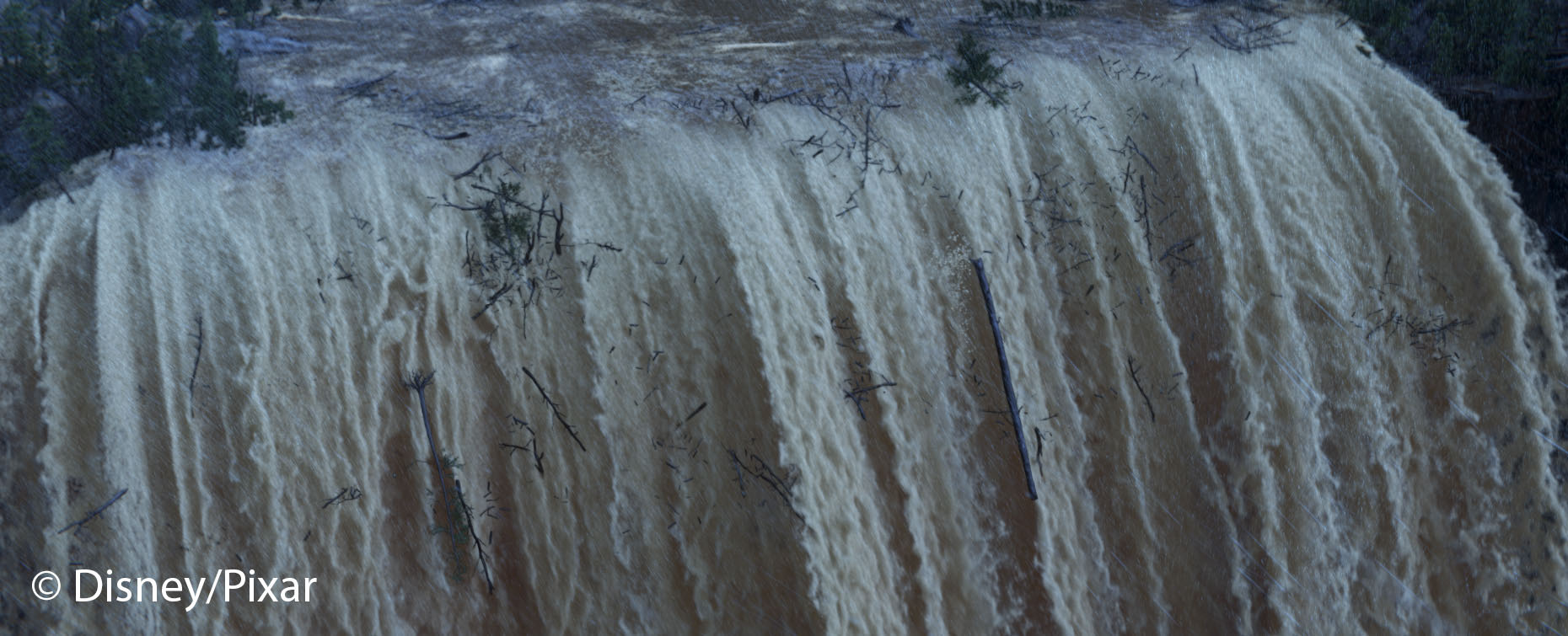“Volume Modeling Techniques in The Good Dinosaur” by Wrenninge and Rice
Conference:
Entry Number: 63
Title:
- Volume Modeling Techniques in The Good Dinosaur
Session/Category Title: The 7 Deadly Sims
Presenter(s)/Author(s):
Abstract:
In a recent paper, we introduced the Reves volume modeling algorithm [Wrenninge 2016]. Pixar’s latest animation film, The Good Dinosaur, was the first production to use the system, and this submission aims to show the tool in practical use. Although Reves is designed to produce temporal volumes, it is a flexible and powerful volume modeling tool for static volumes as well.
Two key aspects of Reves are its use of an intermediate rasterization representation (microvoxels), and is its scalability. The microvoxel representation means that a wide variety of input primitives can be handled, with efficient SIMD execution of shaders. The scalability provides consistent behavior to the user: at low resolutions feedback is fast and small primitives antialias consistently, and at high resolutions memory use is well controlled. This, together with robust shader and coverage antialising, means that the system can be relied on to produce consistent results at any given output resolution. For the user, it means fast interactive feedback that closely matches final quality.
References:
Wrenninge, M., Bin Zafar, N., Harding, O., Graham, G., Tessendorf, J., Grant, V., Clinton, A., and Bouthors, A. 2011. Production Volume Rendering 2: Systems. ACM SIGGRAPH 2011 Courses.Google Scholar
Wrenninge, M. 2016. Efficient rendering of volumetric motion blur using temporally unstructured volumes. Journal of Computer Graphics Techniques (JCGT) 5, 1 (January), 1–34.






